The ‘Hood Kids Are All Right: Why ‘Inner-City’ Doesn’t Always Mean a Tragic Ending
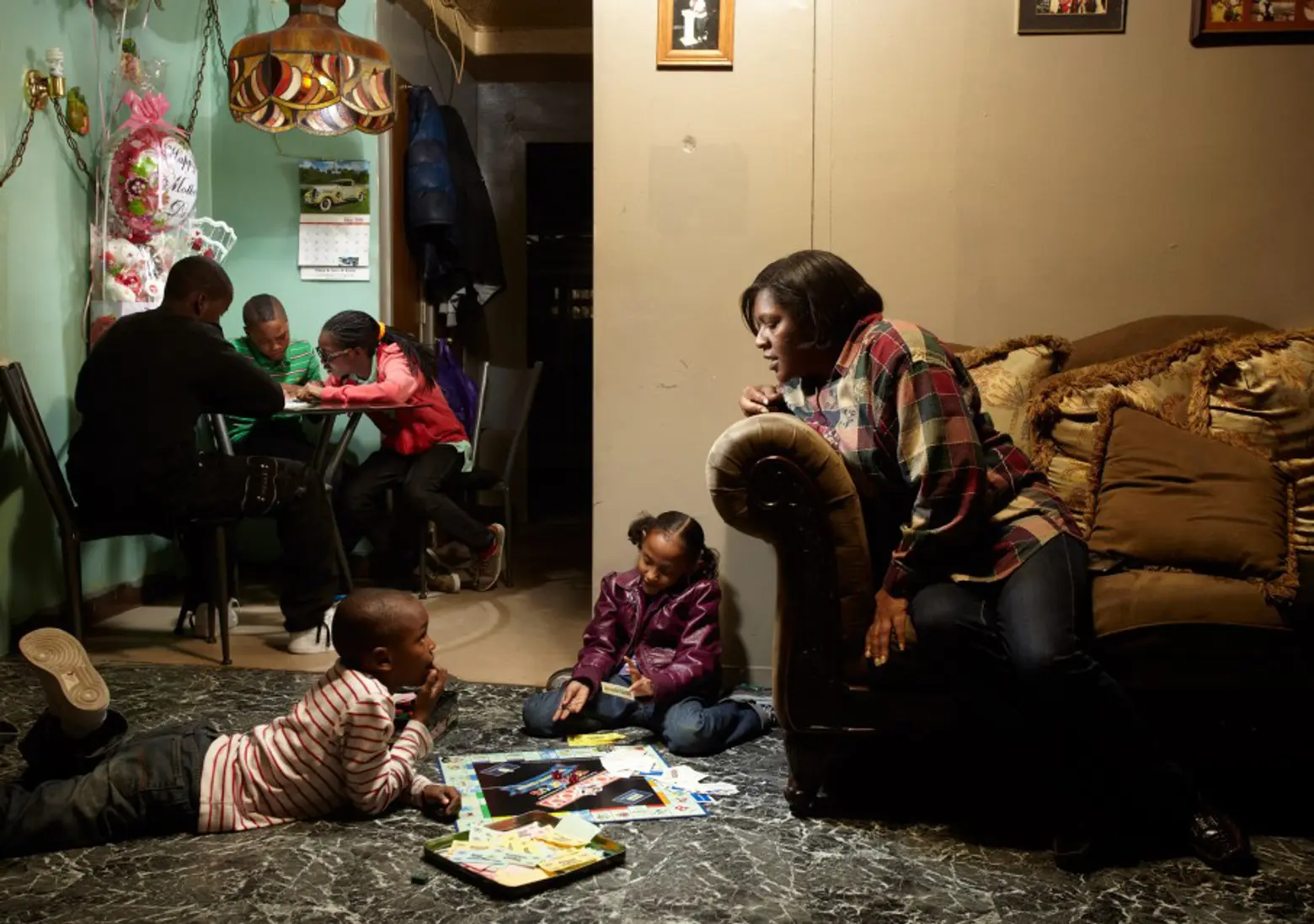
Image © Reed Young
Most of the reported stories out of NYC’s “inner city” (code for ‘hoods) are tragic ones. We hear about stabbings and shootings and neglected children struggling to survive. We hear of turf wars and rampant addiction and people generally unable to take care of themselves. And it is from these dispatches that certain neighborhoods become notorious, their reputations inflated by our fearful imaginations and general unfamiliarity along with a harsh reality that cannot be denied. To the uninformed, these are dangerous places, war zones, to be avoided at all costs, at least, until the sheriff of gentrification rides into town to dispense safety through the pacifying panacea of increased rents and artisanal pickles.
I like fancy pickles, though the idea of people being forced from their homes is troubling. But this is not a rant against gentrification; it’s a shout out to the “inner city” neighborhoods that may someday get gentrified. More specifically, it’s about the good folks that populate those neighborhoods who manage to hold down the ‘hood and live their lives with dignity in the face of tremendous obstacles.
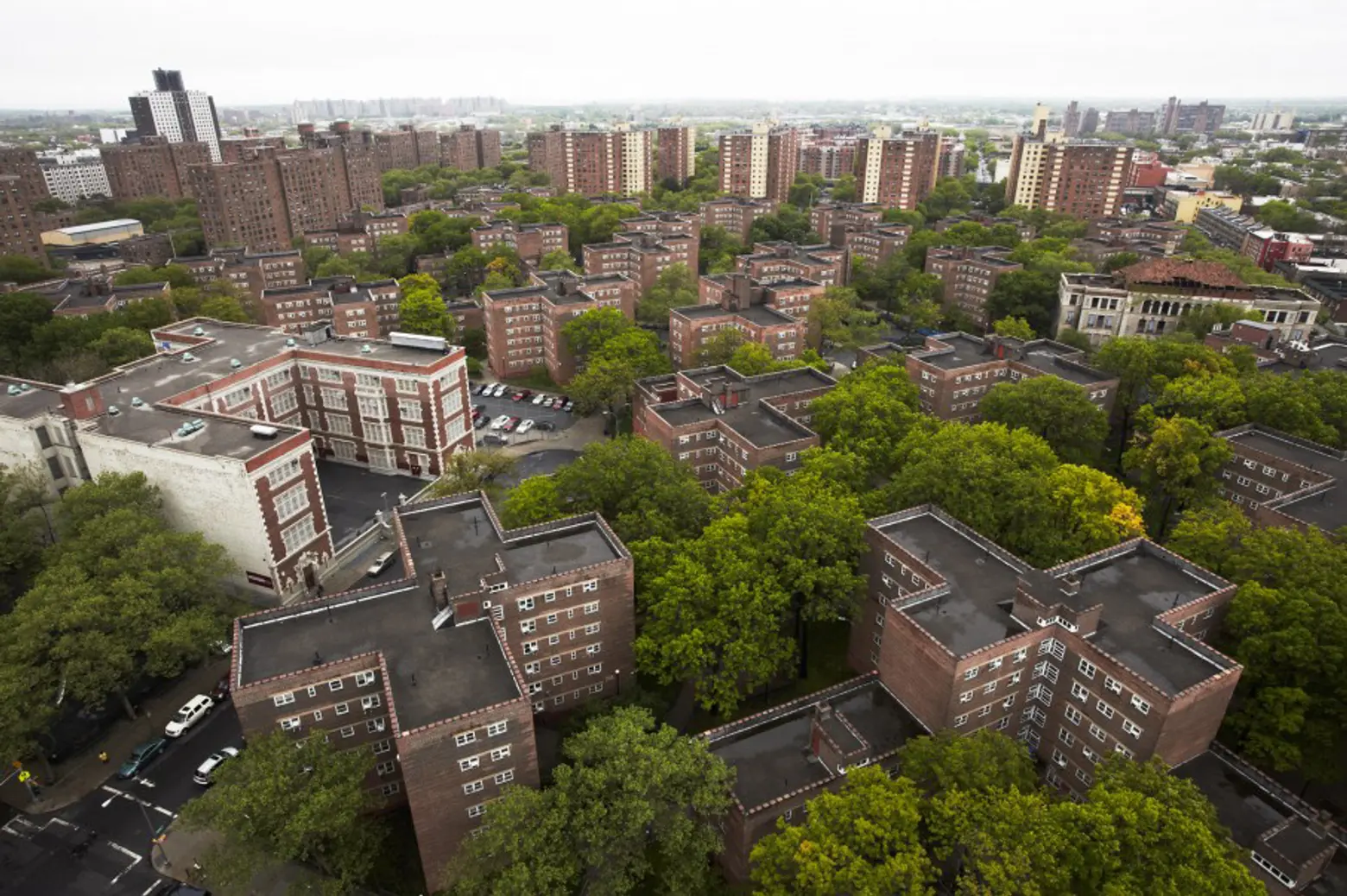
Those of us who don’t live in such areas rarely hear any stories that are not rooted in pathologies of some sort. Of course, the rags of NYC use their headlines to demonize horrific events as prosaic, but even the pillars of journalistic integrity fixate almost exclusively on the negative. In May there was a New York Times Magazine article about nomadic, derelict teens of Brownsville, Brooklyn who wander around all day looking for trouble simply because there’s nothing else to do. And, of course, we met Dasani in the New York Times expose published last winter, the homeless child from Fort Greene addled by dead-beat parents and horrific living conditions in a NYC shelter. So, an ambitious and admirable kid from a stable home in East New York on his/her way to college and a successful career is not necessarily a story, but I meet kids like this all the time.
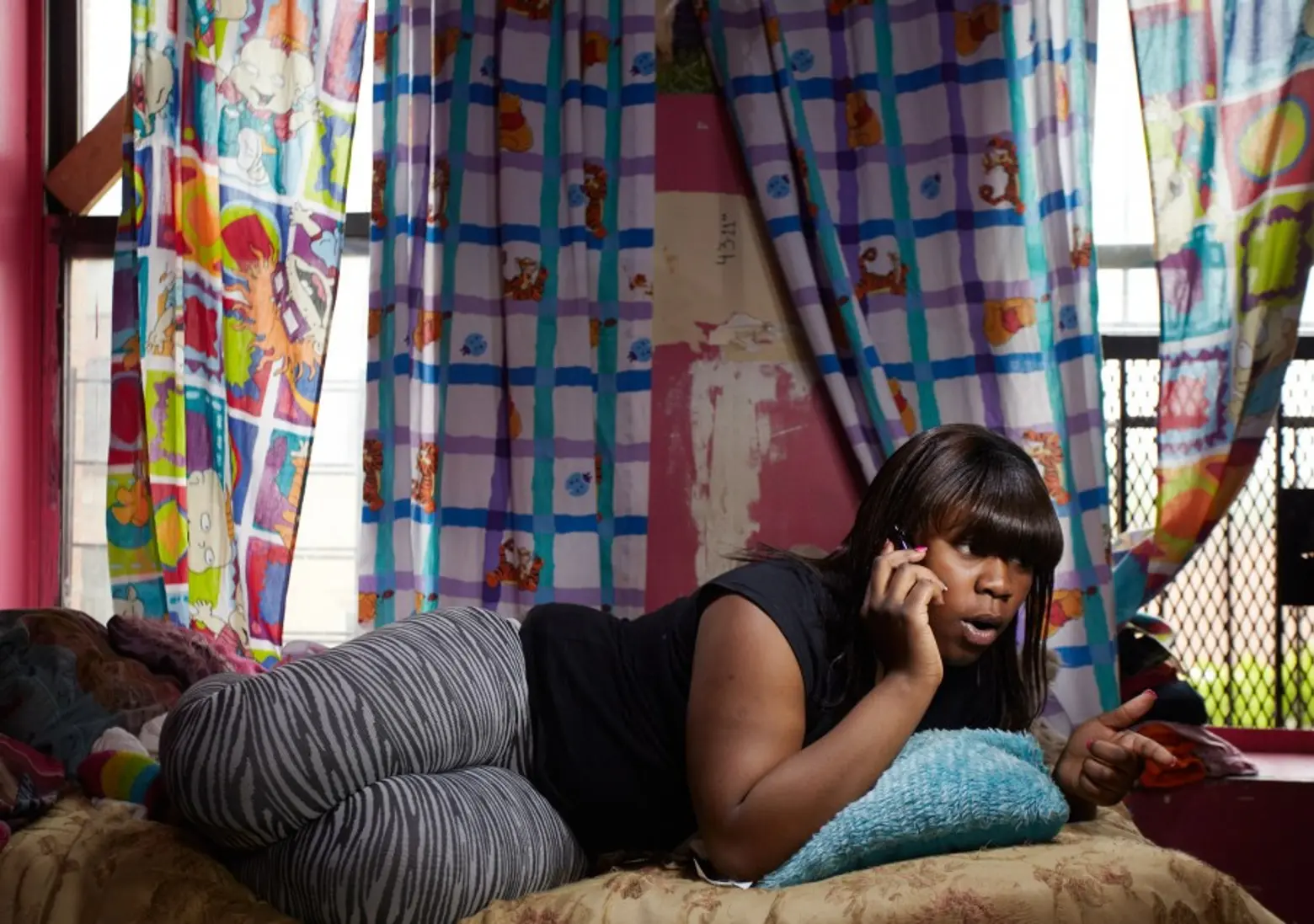
The best part of being a teacher in New York City is the students I encounter. I, almost exclusively, work with kids from what could be called underprivileged backgrounds, though I prefer to avoid the semantics of what defines “privilege.” Let’s just say that most of the students behind the desks in front of me are from neighborhoods that could be safely classified as less-desirable. I meet them through creative writing residencies in middle schools and as a professor of composition in various city colleges. Most of them will grow up to be the type of citizens and individuals that will not make news but will be newsworthy considering the respective environments in which they were raised.
And while each individual’s mettle has to be recognized, it is also important to acknowledge the community of parents and neighbors and teachers who often, especially in such cases of environmental adversity, contribute to each other’s success. It does indeed often take a village, especially when that village is the ‘hood. You won’t read about them in the papers, but these stories of accomplishment are frequent and for real.
***
 Andrew Cotto is the author of The Domino Effect and Outerborough Blues: A Brooklyn Mystery. He has written for numerous publications, including The New York Times, The Huffington Post, Men’s Journal, Salon.com, the Good Men Project, and Teachers & Writers magazine. He has an MFA in Creative Writing from The New School. He lives in Brooklyn, New York. Follow him on Twitter @andrewcotto
Andrew Cotto is the author of The Domino Effect and Outerborough Blues: A Brooklyn Mystery. He has written for numerous publications, including The New York Times, The Huffington Post, Men’s Journal, Salon.com, the Good Men Project, and Teachers & Writers magazine. He has an MFA in Creative Writing from The New School. He lives in Brooklyn, New York. Follow him on Twitter @andrewcotto
Explore NYC Virtually
Leave a reply
Your email address will not be published.
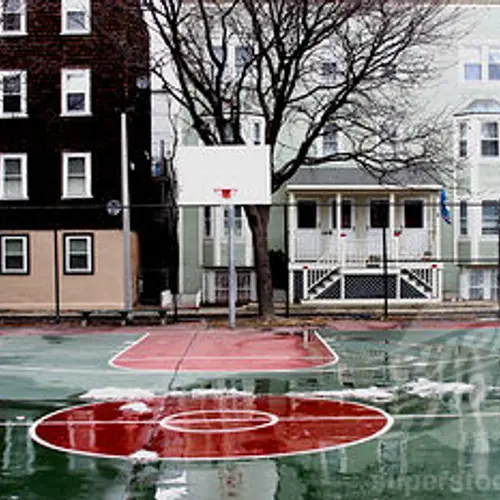
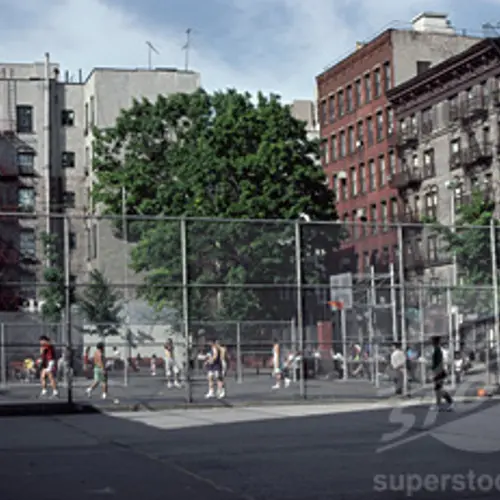

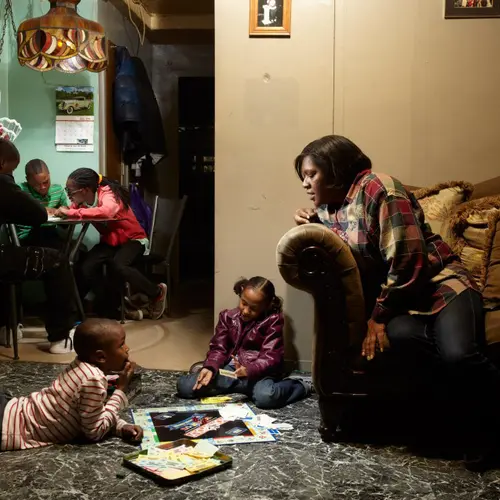
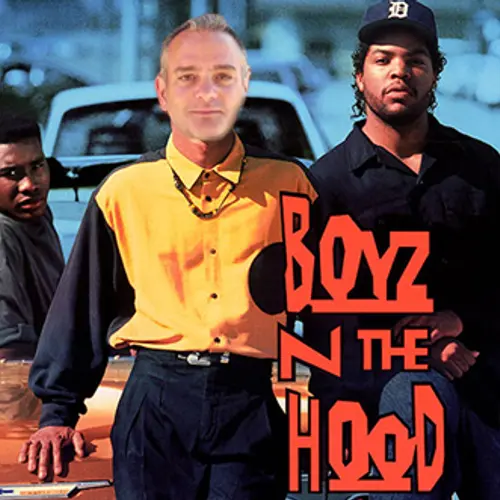
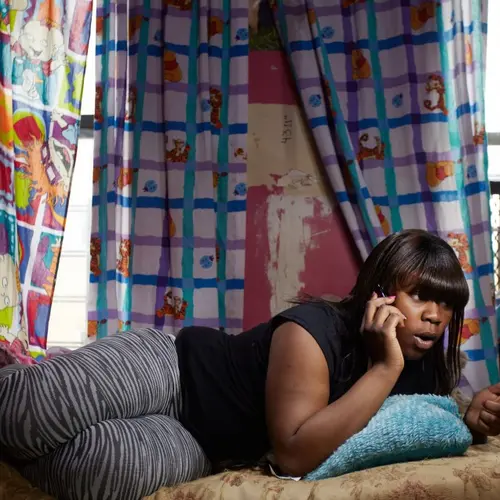


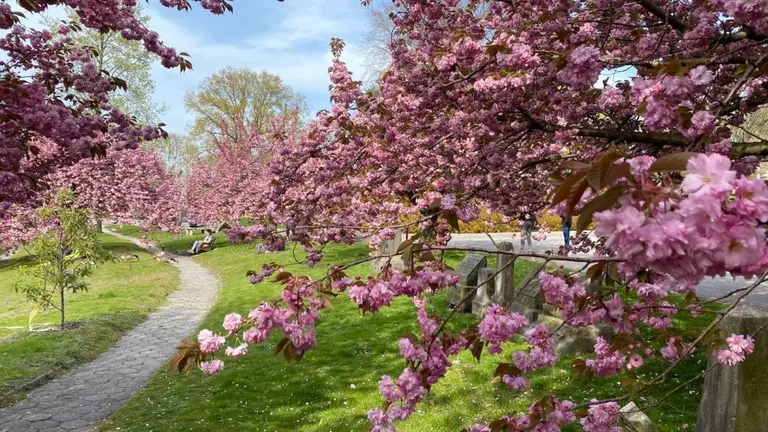
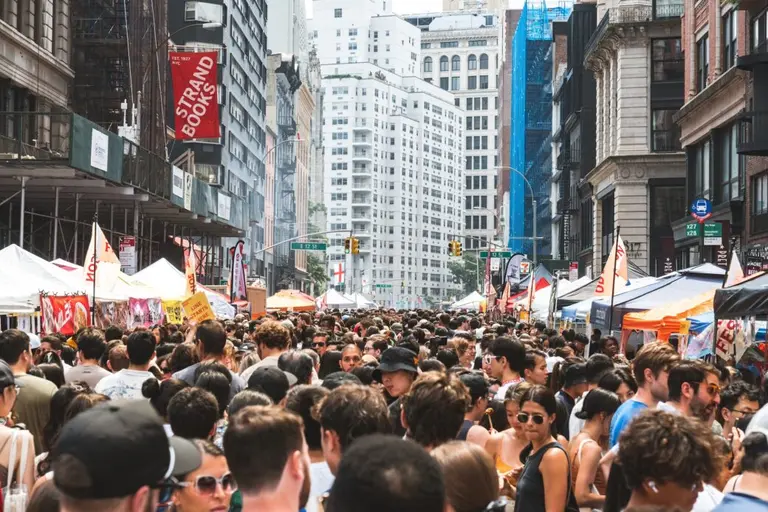
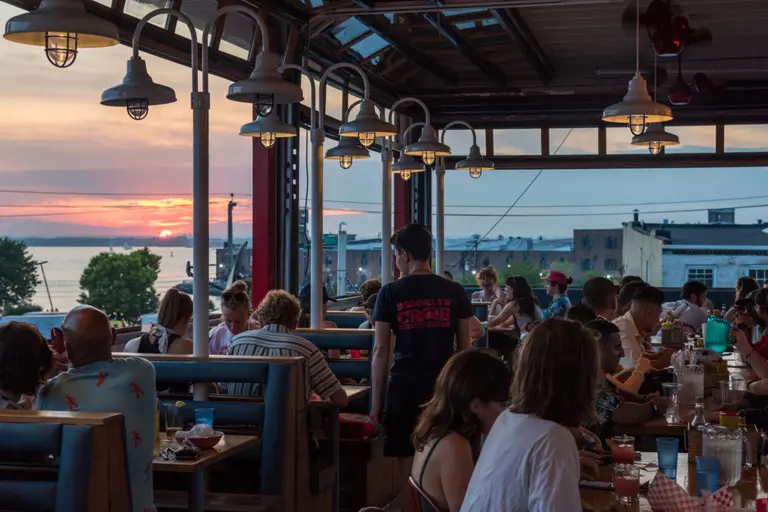
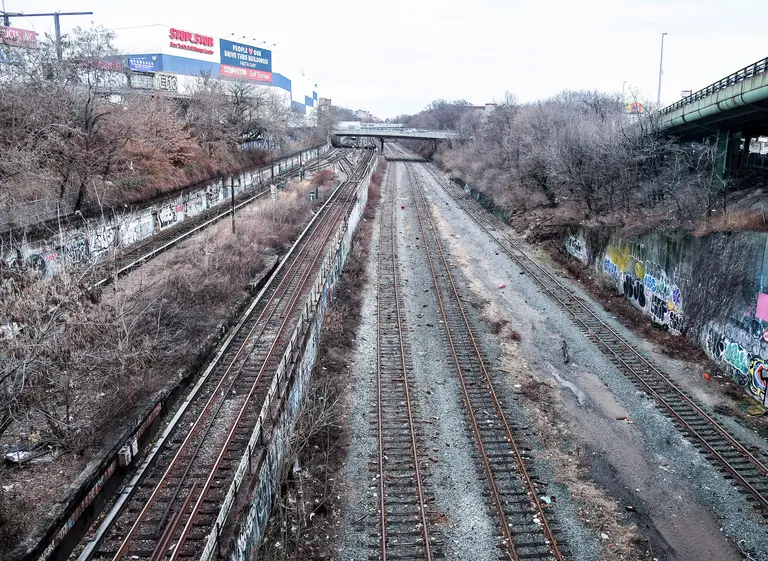





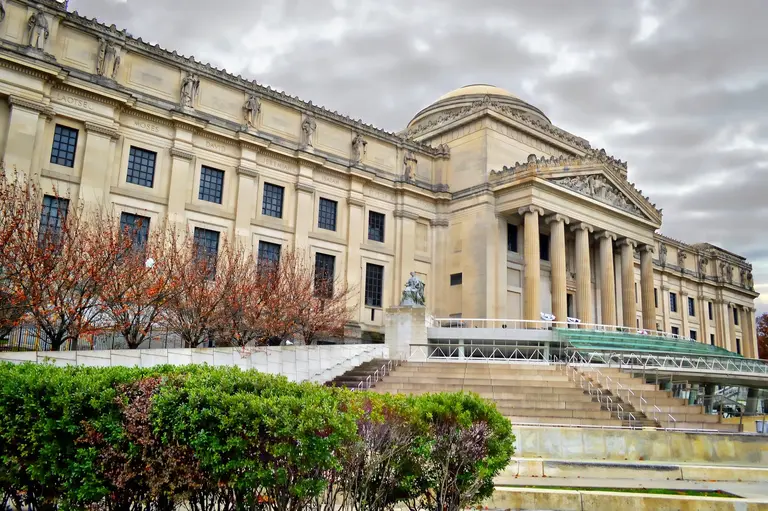
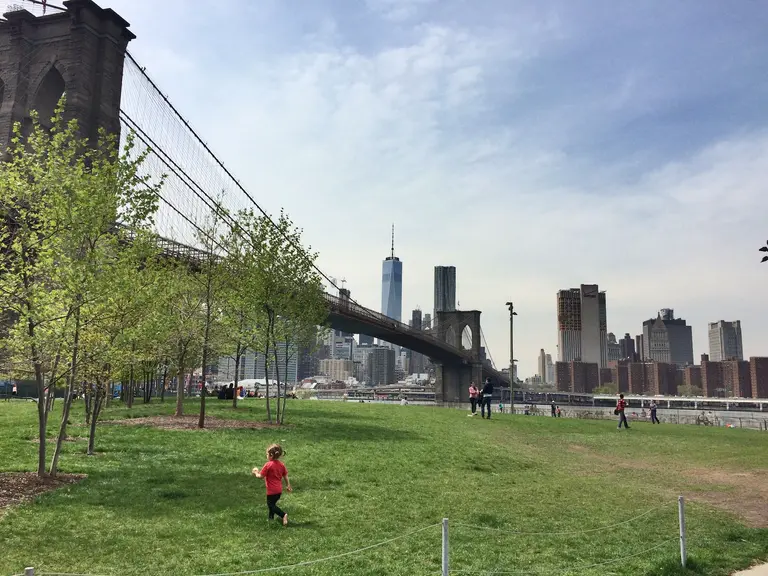
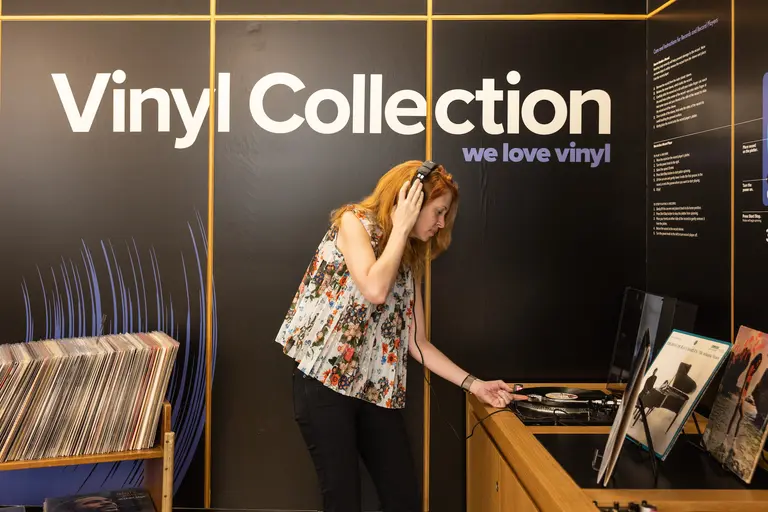
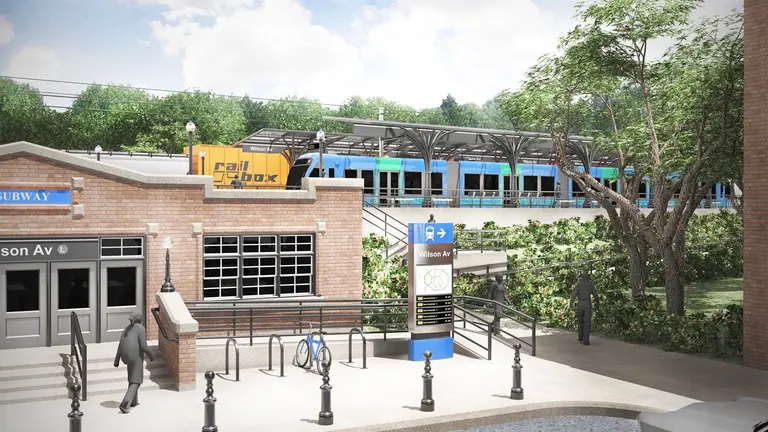
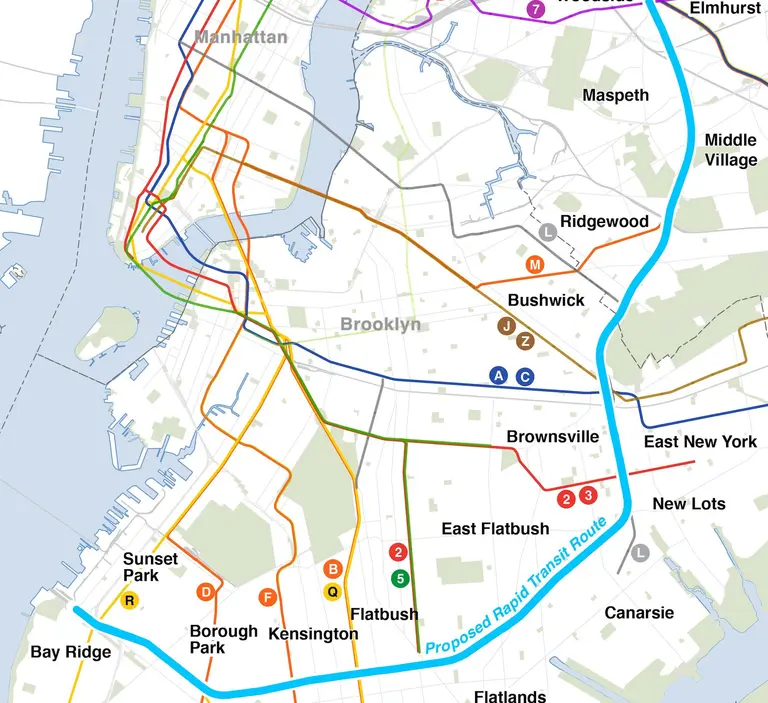
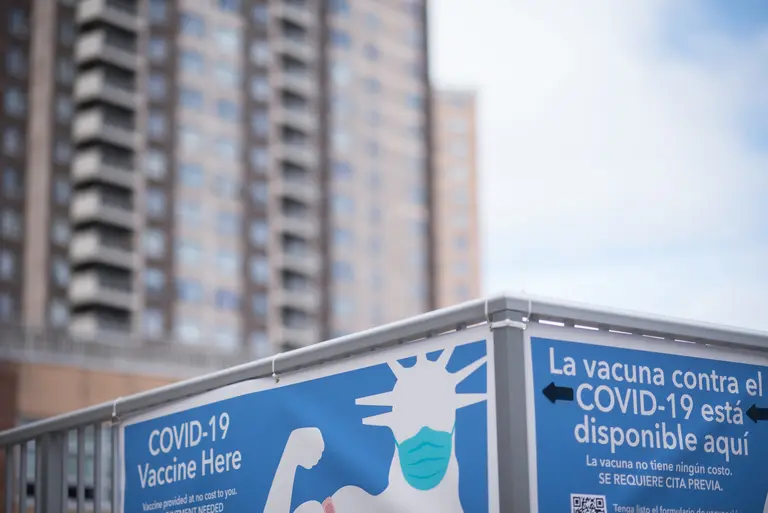












Great to hear a positive point of view!
Thank you all for the comments!!
Beautifully written… thank you for sharing the positive things that happen in the ‘hood !
Excellent article!